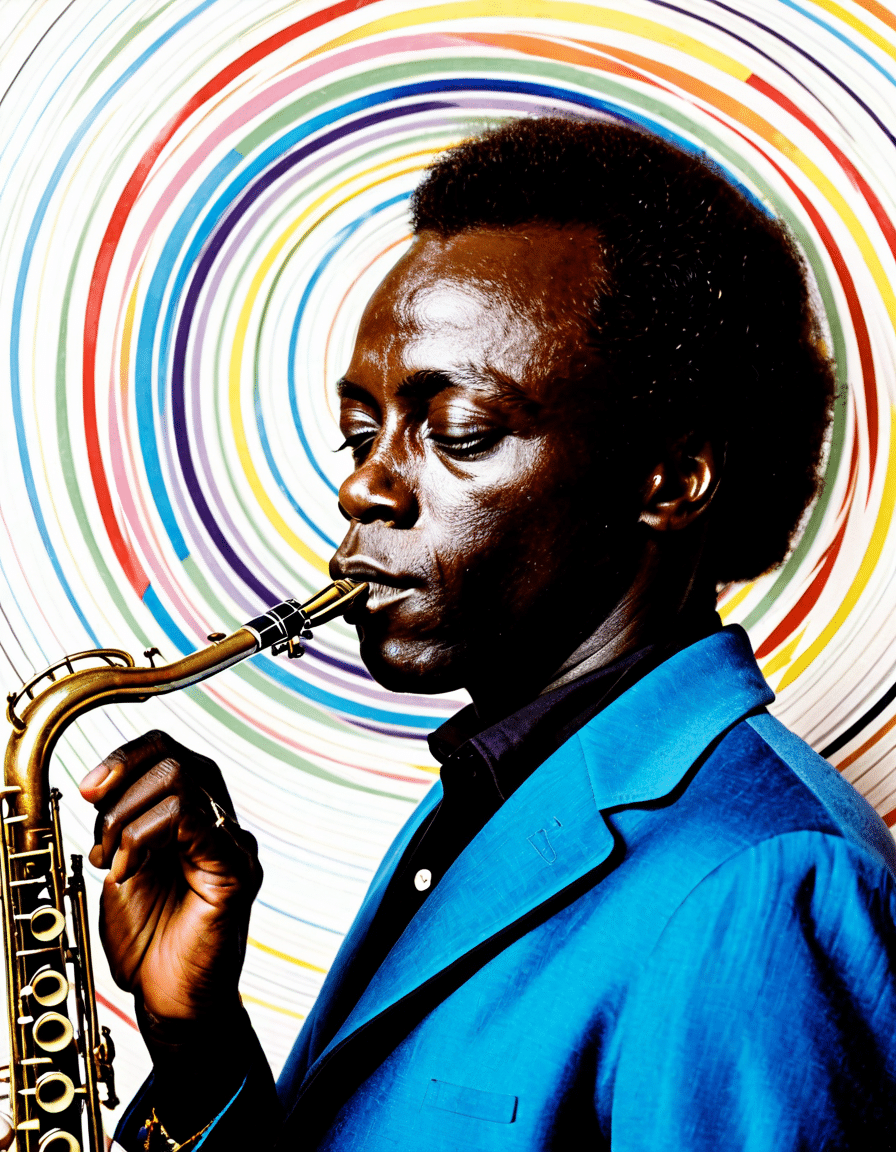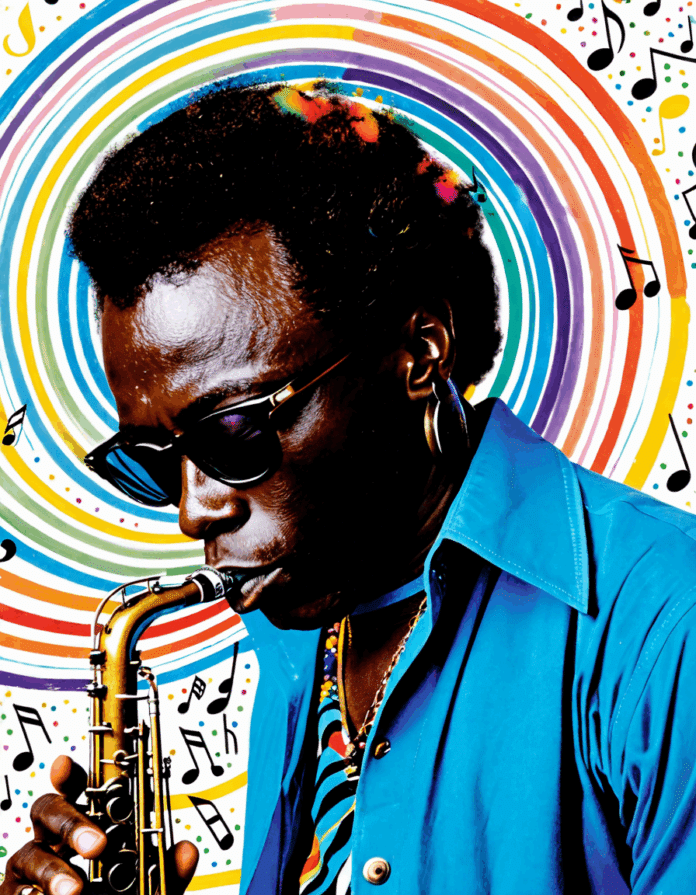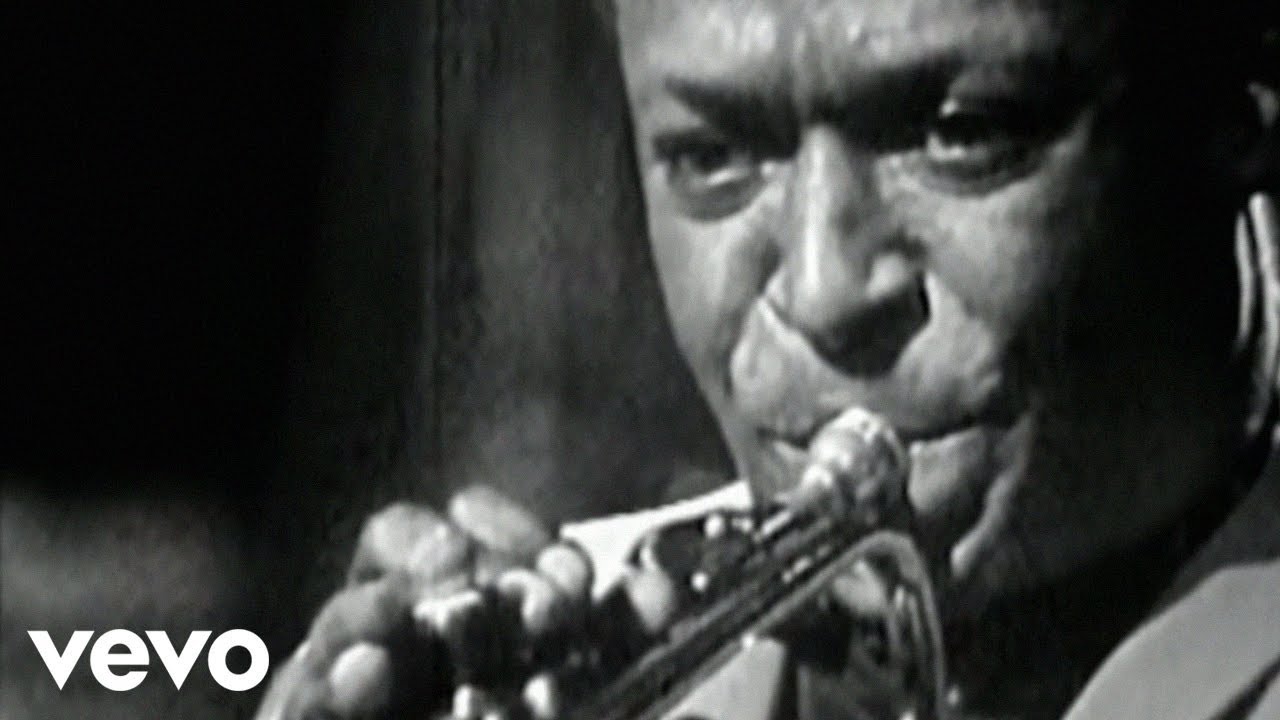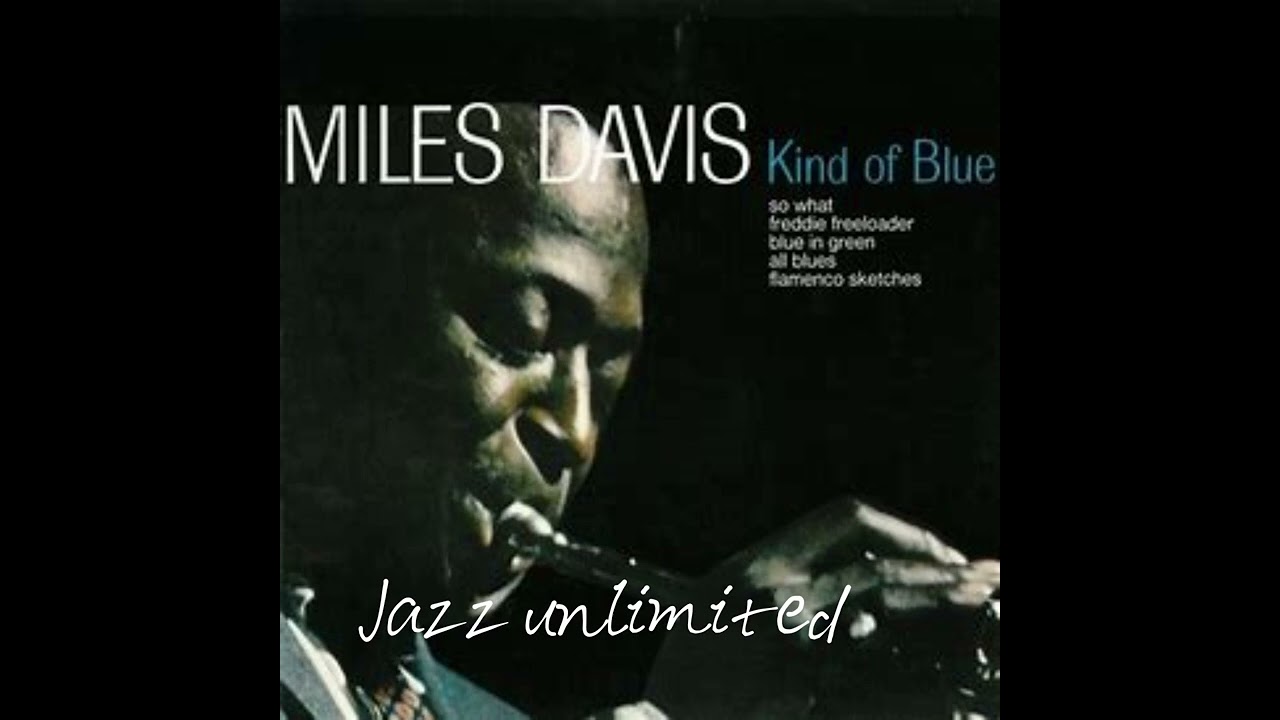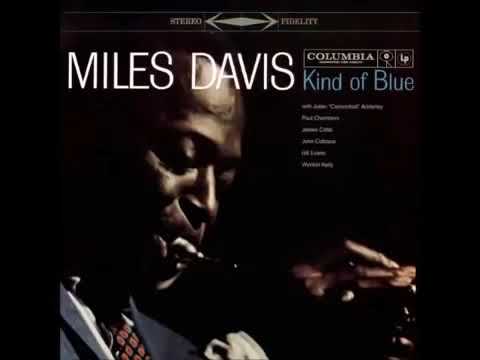When you think about legendary jazz musicians, Miles Davis immediately springs to mind. His impact on jazz is comparable to the likes of Louis Armstrong and Johnny Cash, shaping not just music but the entire cultural landscape. With an uncanny ability to evolve and revolutionize jazz, Davis has become a quintessential figure whose influence resonates well beyond the music world. So, grab a seat, pour yourself a drink, and let’s delve into the extraordinary journey of Miles Davis.
7 Key Phases of Miles Davis’s Musical Evolution
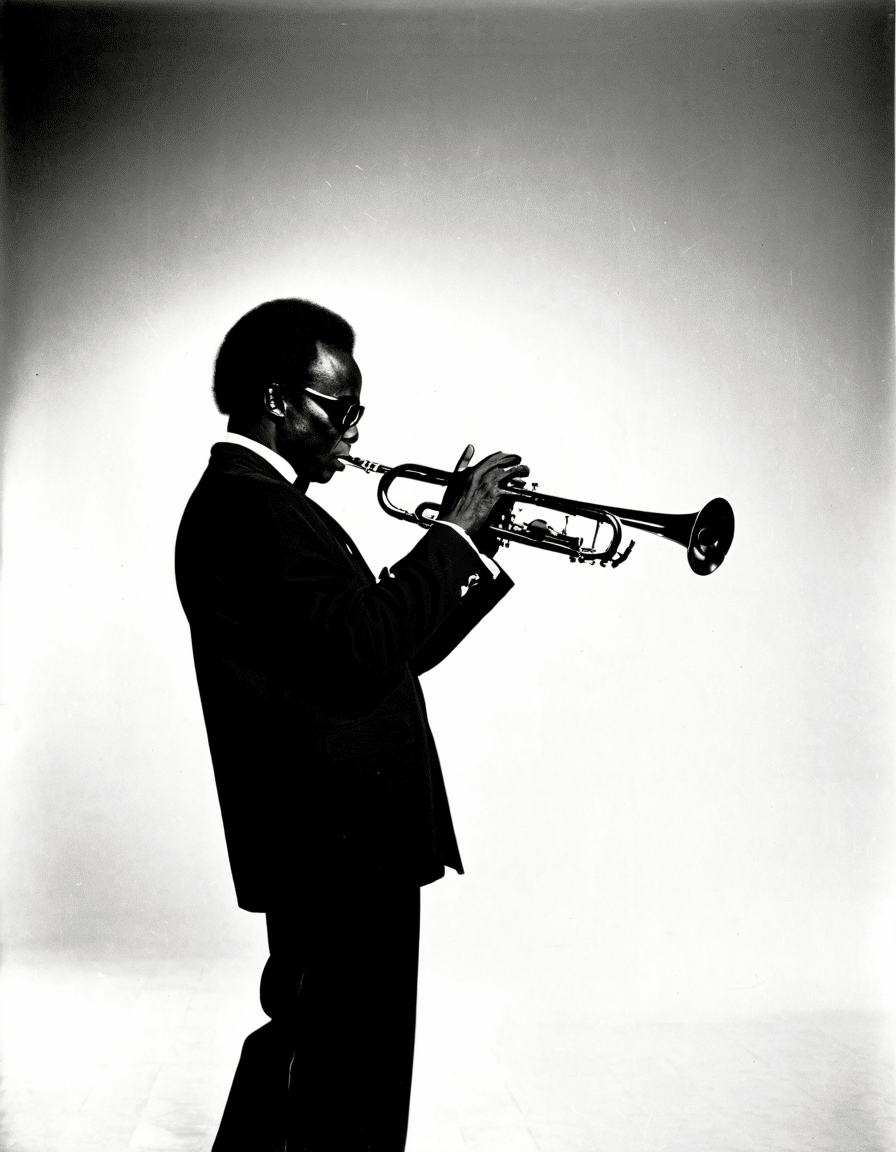
1. The Birth of Cool
In the late 1940s, Miles Davis broke new ground with the “Birth of the Cool” sessions. Imagine a jazz sound that was cooler than a July evening! This album was a game-changer, introducing a softer, more arranged style of jazz that contrasted sharply with the energetic bebop dominating the scene at that time. Featuring notable musicians like Gerry Mulligan and John Lewis, these sessions marked the dawn of the cool jazz movement. If you ever wondered how jazz transformed into something earthier and more laid-back, this was your answer.
2. Bebop and Collaborations
Davis’s early career was marked by remarkable collaborations with jazz titans like Charlie Parker and John Coltrane. The chemistry among these artists created fresh improvisational techniques and found new pathways in complex chord structures. The result? An incredible blend of intricate melodies married to spontaneous creativity. This collaboration truly redefined jazz, enticing listeners to absorb every note and discerning the depth of emotion in each performance.
3. Miles Ahead of His Time
The 1950s saw Davis reimagining jazz with the modal genius displayed in “Kind of Blue”. This seminal album featured spectacular improvisations from musicians like Bill Evans and Cannonball Adderley, stepping away from standard chord progressions. Through this innovation, Davis allowed musicians the freedom to express their individuality—an idea that would later seep into genres across the musical spectrum. If you want to understand jazz evolution, Miles Davis in the ‘50s is the key!
4. Electric and Fusion Revolution
Now, let’s fast forward to the late 1960s. Here, Davis broke yet another barrier by embracing electric instruments and fusion. Imagine a world where jazz melded effortlessly with rock and funk! Collaborating with brilliant minds like Herbie Hancock and Chick Corea, the album “Bitches Brew” shattered conventional genre boundaries. This period not only attracted younger audiences feeling a bit lost in traditional jazz but also had a profound impact on rock, funk, and pop music. It’s all about thinking outside the box, right?
5. Cinematic Collaborations and Cultural Impact
But wait, there’s more! Miles Davis extended his influence beyond music. His appearances on shows like “The Tonight Show Starring Johnny Carson” unveiled his charismatic persona and illustrated how jazz could engage with mass culture. Mixing genres like peanut butter and jelly, his collaborations connected fans of popular music with the sophistication of jazz. So, he wasn’t just playing music; he was crafting a movement that brought the allure of jazz into everyday conversations!
6. Legacy and Influence on Future Generations
The legacy of Miles Davis is so profound that it even influences fields as diverse as sports! Take Joe Montana, for instance, who drew upon Davis’s improvisational style to enhance his performance under pressure. Even rock legends like Billie Joe Armstrong of Green Day recognize Davis’s revolutionary spirit, incorporating jazz elements into their unique styles. Talk about a lasting impact! Davis didn’t just pave the way for future jazz artists; he infused an entire generation with the courage to experiment.
7. A Reflection on Innovation and Style
Lastly, we can’t overlook the fact that Miles Davis was a cultural icon whose style influenced figures like Patti LuPone and John Denver. Davis lived life in full color, blending visual and auditory arts with charisma. His fashion choices, bold presentations, and artistic explorations taught emerging artists that attitude is as essential as the music itself. In the jazz world, it wasn’t just about the notes played; it was about the whole vibe.
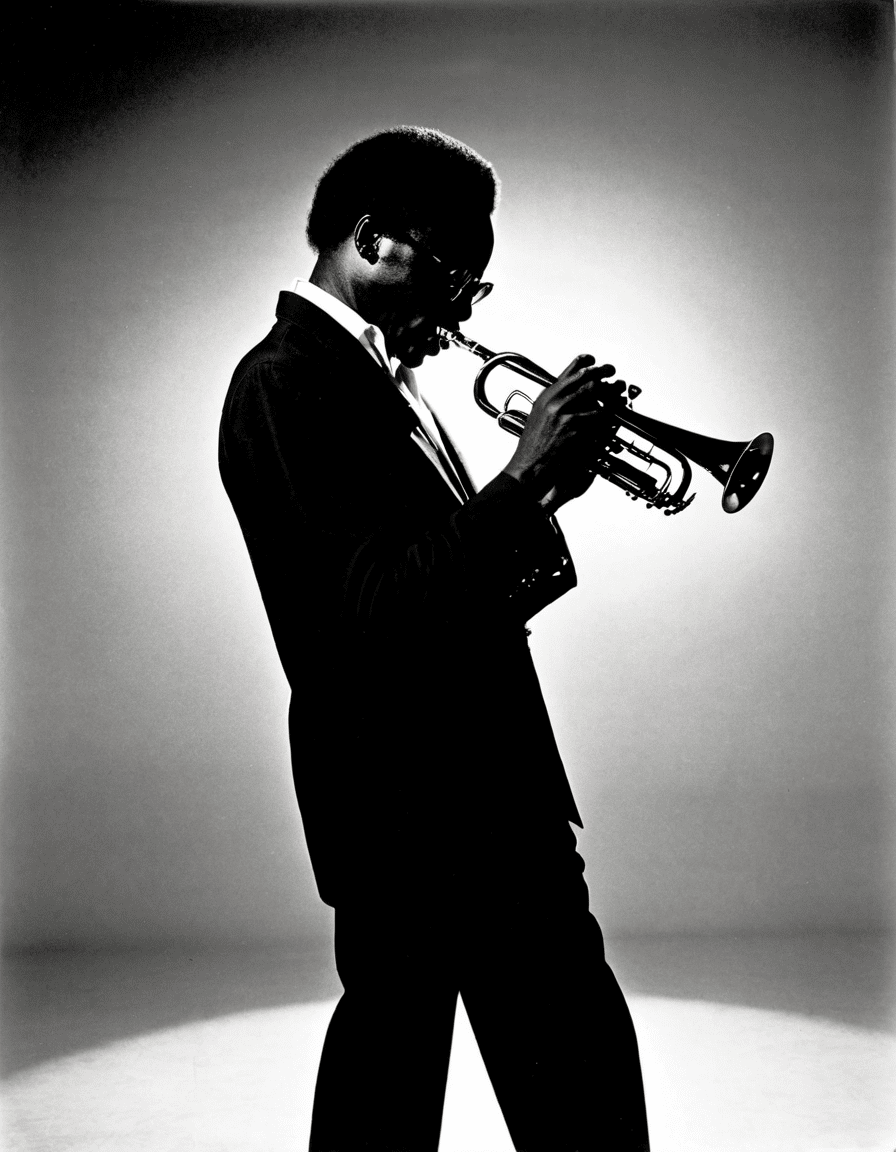
The Enduring Legacy of Miles Davis: A Constant Influence
As we explore the rich tapestry of Miles Davis’s life, we see that his journey is more than a simple story of a jazz musician. It encapsulates an enduring quest for innovation and self-expression. Each phase of his career offers valuable insights into the evolution of not just jazz, but also the broader cultural landscape. Whether you’re a jazz aficionado or just an occasional listener, it’s clear that Davis’s spirit continues to inspire new generations of artists across all disciplines.
So, the next time you hear Miles Davis, remember, it’s not just music—it’s a legacy that knows no boundaries and remains eternally significant. Through his mastery of sound, style, and charisma, Davis solidifies his status as an unparalleled legend whose impact resonates long after the final notes fade. Now that’s music worth celebrating!
For all you film buffs looking for something to complement this musical journey, check out the Promising Young woman cast for a gripping story and don’t forget about the eerie vibes of Ahs Delicate! And if you’re feeling adventurous, why not dive into a timeless classic like 2001: A Space Odyssey? Trust me; you won’t regret it! 🌟
Miles Davis: The Legendary Jazz Innovator and Icon
A Trailblazing Journey
Miles Davis wasn’t just a musician; he was a groundbreaking force in jazz, constantly pushing the boundaries of what music could be. Born on May 26, 1926, in Alton, Illinois, he quickly became enthralled by the sounds around him. His career kicked off in the 1940s, a time when he collaborated with legendary figures like Charlie Parker. Imagine blending those improvisational jazz vibes with the whimsical nature of Adventure Time’s Ice King; just as he conjured varied sounds, Miles conjured captivating melodies. He changed jazz’s landscape with albums like Kind of Blue, showcasing his ability to innovate, much like how Curb Your Enthusiasm’s cast masterfully blends comedy with poignant moments.
Style and Influence
One of the most interesting tidbits about Miles is his style evolution. He didn’t just stick to one label; he embraced cool jazz, hard bop, jazz fusion, and more throughout his career. He famously followed trends while also setting them, something akin to the iconic scenes in 2001: A Space Odyssey where change is a central theme. His trumpet playing was often described as lyrical, enchanting listeners and earning him a reputation that would echo through time. This evolution mirrored society’s shifts, just as today’s culture faces distinct challenges seen in discussions around modern invasion themes in art and media.
Cultural Impact
Miles Davis’ impact extended far beyond music—his visual style and persona became an inspiration for artists across genres. His bold fashion sense and striking album covers made waves, influencing the visual aspects of popular culture. His performances were electric, akin to the energy behind the beats of Dan Da dan, resonating with audiences. Interestingly, his life is often paralleled to historical figures like Vlad The Impaler who also navigated through transformative times, leaving lasting legacies. The uniqueness of Miles’ journey shows how an artist can transcend his craft, influencing generations in ways we’re still discovering today. With such a rich tapestry of influences, Miles Davis remains an unstoppable force in music history, forever etching his name into the hearts of jazz lovers around the globe.
